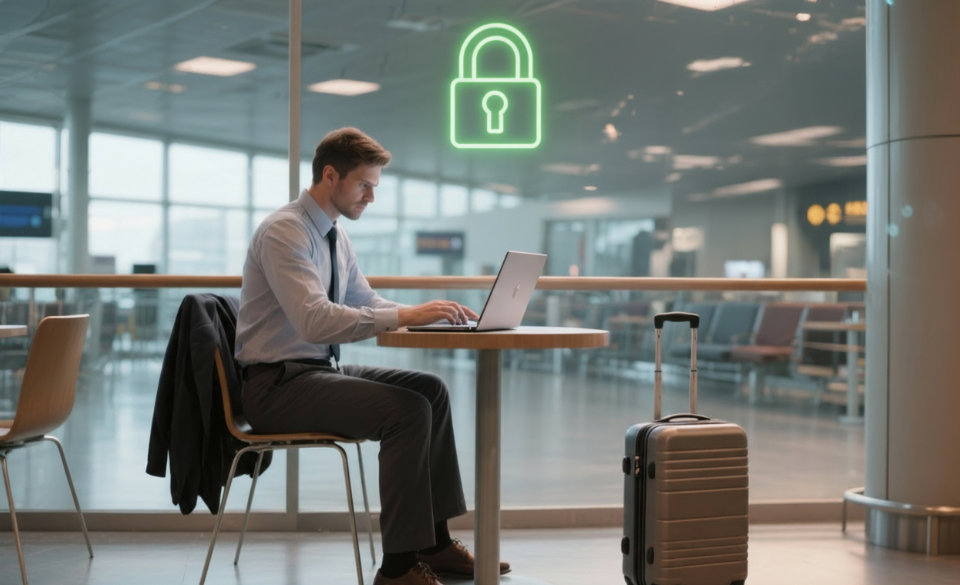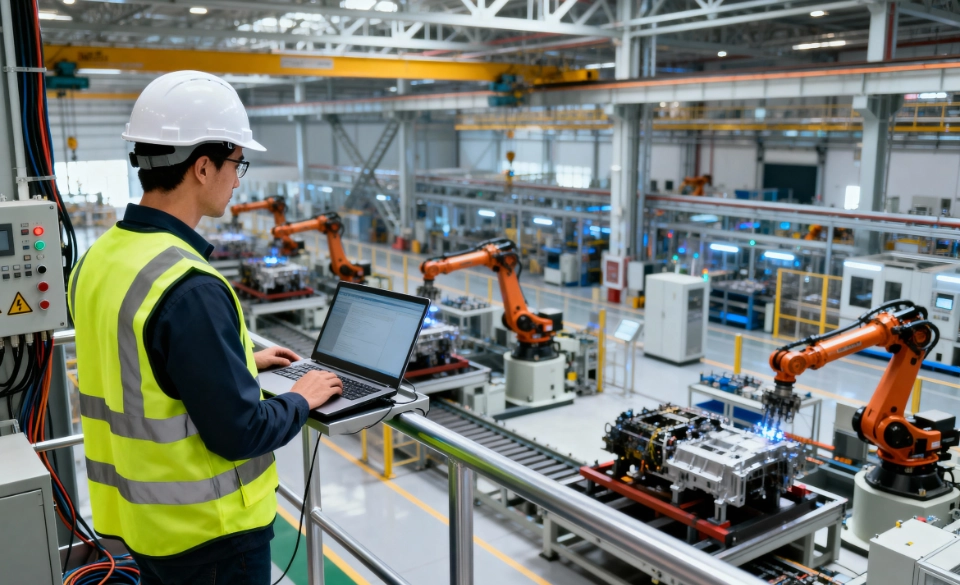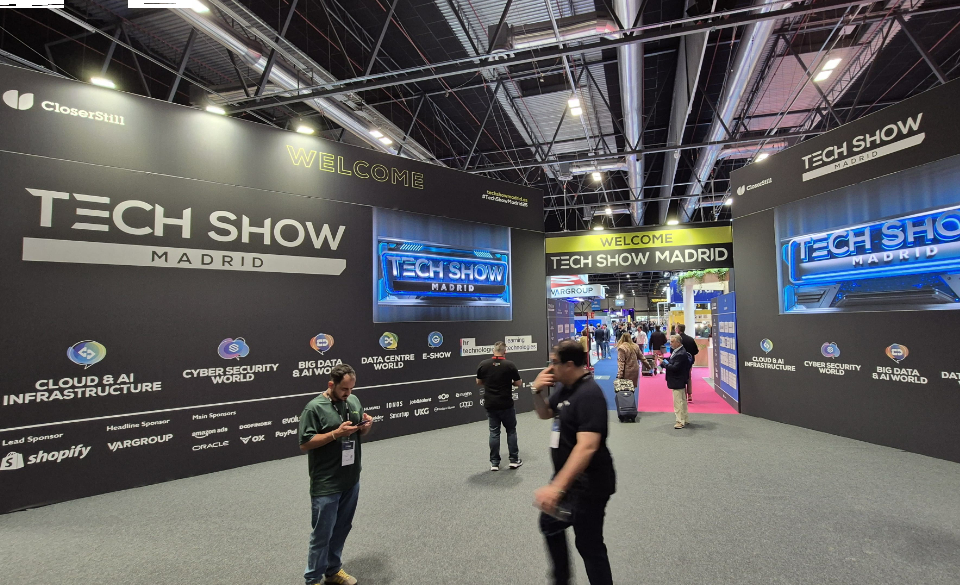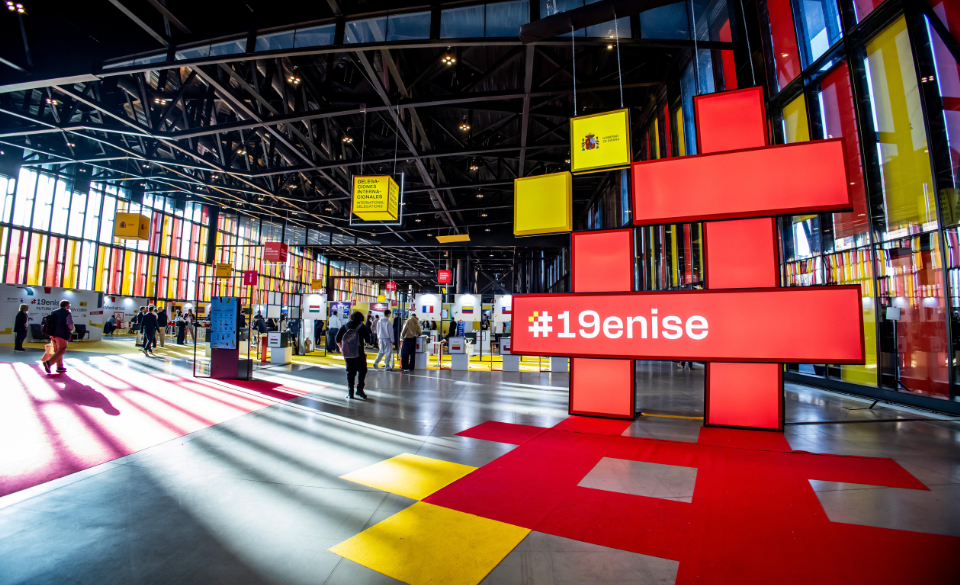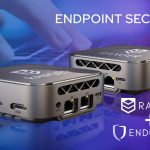
A new paradigm for Endpoint security: secure work environments with Endurance and Ranger
2 de October de 2025
#19ENISE 2025: how we experienced it
23 de October de 20251. Introduction
The pandemic was only the catalyst. The real change came afterward, when companies realized that telework, once an emergency measure, could be structurally integrated. But this transformation had an immediate side effect: the corporate perimeter ceased to exist.
In the past, security was designed like a wall: firewalls, segmented networks, physical access controls, and devices under direct supervision. Now, employees work from homes, airports, or cafés; devices connect through home networks, and information travels through channels the organization does not control.
The challenge for security leaders is no longer just to prevent intrusions but to ensure data security wherever it goes. Modern cybersecurity focuses on identity, context, and granular session control. This is where a new generation of shielded environments, both remote and local, comes into play, redefining how we understand secure work.
2. Main Security Risks in Telework
Teleworking multiplies attack vectors. Every external connection becomes a potential open door to the corporate infrastructure. The following are the main risks identified in today’s environment:
a. Vulnerable home networks
Eighty percent of Spanish households maintain routers without critical updates or with default passwords. This makes every remote connection a potential lateral breach. An attacker who compromises the home environment can easily move toward the work device.
b. Use of personal devices (BYOD)
The “Bring Your Own Device” model simplifies logistics but fragments security. Without managed endpoint policies, companies lose visibility over the operating system, antivirus, patches, or disk encryption. An employee might access sensitive information from an unencrypted laptop with no session control.
c. Accidental data leaks
Human error remains the weakest link. Corporate files downloaded by mistake, copied to personal drives, or forwarded from non-corporate accounts cause data losses that no firewall can prevent.
d. Social engineering attacks
With physical distance comes greater exposure to digital deception. Attackers impersonate identities through emails or calls pretending to be technical support. A remote, isolated employee has fewer validation mechanisms and may fall into traps that compromise critical credentials.
e. Compromised remote connections
Traditional VPNs, while useful, represent a single point of failure. A compromised credential grants direct access to the corporate network, completely breaking segmentation principles.
Together, these factors blur the line between “inside” and “outside.” Security can no longer rely on physical or logical perimeters, but must instead depend on controlled, auditable, and ephemeral environments that follow the user.
3. Current Challenges in Data Protection
Limited visibility
Security teams need to see what happens to data beyond the internal network. Without session visibility, DLP systems cannot act, SOCs cannot correlate events, and regulatory compliance becomes impossible to demonstrate.
Regulatory compliance
Regulations such as the NIS2 Directive, GDPR, and ISO 27001 frameworks demand traceability, access control, and segmentation. Achieving compliance in a distributed environment is a technical challenge: every access must be logged, user identity validated, and data prevented from leaving secure environments.
Balancing security and productivity
Security should not become an obstacle. Overly restrictive solutions can lead to Shadow IT, where users seek unauthorized means to remain productive. The key lies in protecting without hindering.
4. Technical Strategies to Protect Data in Telework
The response to the new scenario is not a single tool, but an architecture. Advanced security teams combine multiple technologies that together form a dynamic, data-centric protection mesh:
End-to-end encryption
All communication flows (from email to video calls) must be encrypted with modern protocols (TLS 1.3, AES-256). Encryption ensures that even if the channel is intercepted, the information remains unreadable.
Segmentation and micro-segmentation
Instead of relying on a monolithic internal network, micro-segmentation divides systems into zones with specific access policies. This prevents a compromised user from moving laterally.
Multi-factor authentication (MFA)
Combining factors (knowledge, possession, biometrics) mitigates credential theft. In critical environments, physical factors (FIDO2 or YubiKey) are recommended over SMS-based OTPs.
Identity and Access Management (IAM)
Identity control becomes the core of distributed security. An IAM system defines who can access, when, from where, and under what conditions. Integrated with a PAM, it multiplies the security of critical asset access.
Continuous monitoring and behavioral analysis
Artificial intelligence allows real-time detection of anomalous patterns: off-hours access, unusual file movements, or permission changes. This monitoring layer is essential for proactive incident response.
Data Loss Prevention (DLP)
Modern DLP not only blocks downloads or copies but also analyzes context and applies adaptive policies. If an unauthorized transfer is detected, it can encrypt the file, block the action, or alert the SOC.
The combination of these strategies forms the necessary framework for the next evolution: shielded environments capable of guaranteeing absolute security both remotely and locally.
5. Remote Shielded Workspace (RSW): The Perimeter is Virtualized
The Remote Shielded Workspace (RSW) redefines the concept of the remote desktop. It is no longer just a simple RDP connection or a traditional VDI session, but a shielded environment where data and applications remain within the corporate infrastructure, with no possibility of extraction.
In this model:
- The user interacts with a virtual machine hosted on a controlled infrastructure.
- Only keyboard, mouse, video, and audio events are transmitted, not the actual data.
- No information ever leaves the environment, not even temporarily.
From a technical perspective, the RSW combines PAM, IAM, DLP, and VDI technologies, ensuring traceability, control, and real-time auditing. Sessions are recorded, commands are logged, and the credentials used are encrypted and stored in a secure Vault.
This model protects against three critical threats:
- Data exfiltration: impossible to copy, print, or download files.
- Endpoint compromise: if the user’s device is infected, the attacker only sees encrypted video flow, with no real access to the data.
- Regulatory compliance: the environment is auditable and maintains verifiable session logs, which can even be video recorded.
Additionally, the RSW eliminates the need for traditional VPNs, reducing the attack surface and simplifying access management. The user experience remains smooth but under absolute control.
In scenarios where telework is permanent, this approach ensures security without friction.
6. Local Shielded Workspace (LSW): On-Site Security with Total Isolation
The Local Shielded Workspace (LSW) brings the concept of a shielded environment into the physical realm. It is designed to protect local operations in facilities where connectivity is limited or where latency could affect operations.
Solutions like Ranger implement the LSW by combining a central server (Ranger Manager) and thin clients that run read-only, non-persistent images, fully managed from the server.
Key technical features:
- Thin clients do not store information locally. At startup, they load a clean, cryptographically validated image that is discarded at the end of the session.
- All operational control and security policies come from the Ranger Manager, which centralizes updates, configurations, and monitoring.
- The environment is isolated both physically and logically from critical infrastructure, preventing any lateral access.
- The endpoint is essentially tamper-proof: no exposed operating system, no vulnerable disks, no local dependencies.
The result is a consistent, maintenance-free workstation, completely sterile from an attacker’s perspective.
Ideal use cases:
- Industrial control centers (ICS/OT), where continuity and environment integrity are vital.
- Shared terminals in sensitive environments such as power plants, airports, or multi-user workspaces like call centers.
- Public administrations with high security and traceability requirements.
- Regulated environments where strict compliance and verifiable records are required.
The LSW provides peace of mind, knowing that even if the user is physically inside the environment, they cannot alter or access data outside the controlled space. It is the natural evolution of local security in critical infrastructures.
7. The Role of Zero Trust in Telework
Zero Trust is not a product, it is an operational philosophy. Its guiding principle, “never trust, always verify,” is embodied in models such as RSW and LSW.
Both represent the practical application of Zero Trust in the workplace:
- There is no implicit trust: every access is validated in real time.
- Context determines permission: location, device type, and time influence authorization.
- Credentials are ephemeral: generated only for the session and destroyed afterward.
- Data never leaves its environment: even with legitimate access, the user cannot export it.
This model drastically reduces the risk of privilege escalation attacks, credential theft, or internal data exfiltration. In a hybrid or remote environment, Zero Trust becomes the only viable strategy for maintaining operational integrity.
8. Practical Application Cases
Case 1: Data Leak in an Energy Company
A technician downloaded sensitive manuals and configurations from a home connection to work outside of regular hours. Weeks later, the information appeared on forums.
With RSW, that data would never have left the secure environment. The technician would have accessed the documents within the shielded workspace, without the possibility of copying or exporting content. Additionally, the session would have been recorded for auditing purposes.
Case 2: Incident in Telecommunications
An engineer accessed SCADA systems at a plant via VPN. Their personal device was infected, and malware attempted to move laterally through the corporate network.
With LSW, the connection would have been made from a locally shielded and isolated environment, with no network exposure or local storage. The malware would have had no surface to act upon.
Case 3: Public Administration
A regulatory agency needed to allow telework without compromising sensitive information. The combination of RSW + LSW enabled a hybrid model: controlled remote work and secure local access for critical tasks. Auditors confirmed alignment with regulations such as GDPR and NIS2.
9. Future Trends in Data Protection
The hybrid perimeter will continue expanding, along with the challenges of visibility and control. The main lines of technological evolution point to:
- AI integration in anomaly detection, with models that learn from real user behavior.
- SASE and SSE as convergent frameworks that unify network and cloud security, complementing RSW and LSW.
- Continuous and automated auditing, capable of generating real-time compliance evidence.
- Hybrid shielded environments, combining remote and local execution with unified policies.
- Hardware-based isolation, using secure virtualization technologies and chip-level attestation (such as TPM 2.0 or Intel SGX).
As the boundary between “remote work” and “local work” blurs, security becomes an attribute of the execution environment itself, not of the location from which it is accessed.
10. Recommendations for Security Leaders
- Redefine the perimeter: Assume that data will travel and design security to follow it.
- Isolate work environments using shielded solutions like RSW and LSW, reducing endpoint exposure.
- Centralize identity and privilege management with least-privilege policies.
- Monitor information flows with full visibility of every session.
- Automate incident response, integrating SOC, SIEM, and PAM.
- Educate the end user: technical security is useless if humans do not understand their role in it.
Success lies in combining technology, processes, and corporate culture.
11. Conclusion
Telework has eliminated the physical barriers of the corporate perimeter. In its place emerges a new paradigm: the dynamic logical perimeter, where data is protected through controlled environments rather than by the employee’s location.
The Remote Shielded Workspace (RSW) ensures secure sessions anywhere in the world. The Local Shielded Workspace (LSW) secures local operations in sensitive environments. Together, they form an architecture of zero trust, full traceability, and operational resilience.
Cybersecurity now consists of shielding every session, every user, and every byte. The future belongs to those who understand that mobility is not a threat, but an opportunity, provided it is managed with intelligence, isolation, and control.
Cosmikal works precisely in this direction: making the digital environment a place where security does not limit productivity but rather drives it forward.

